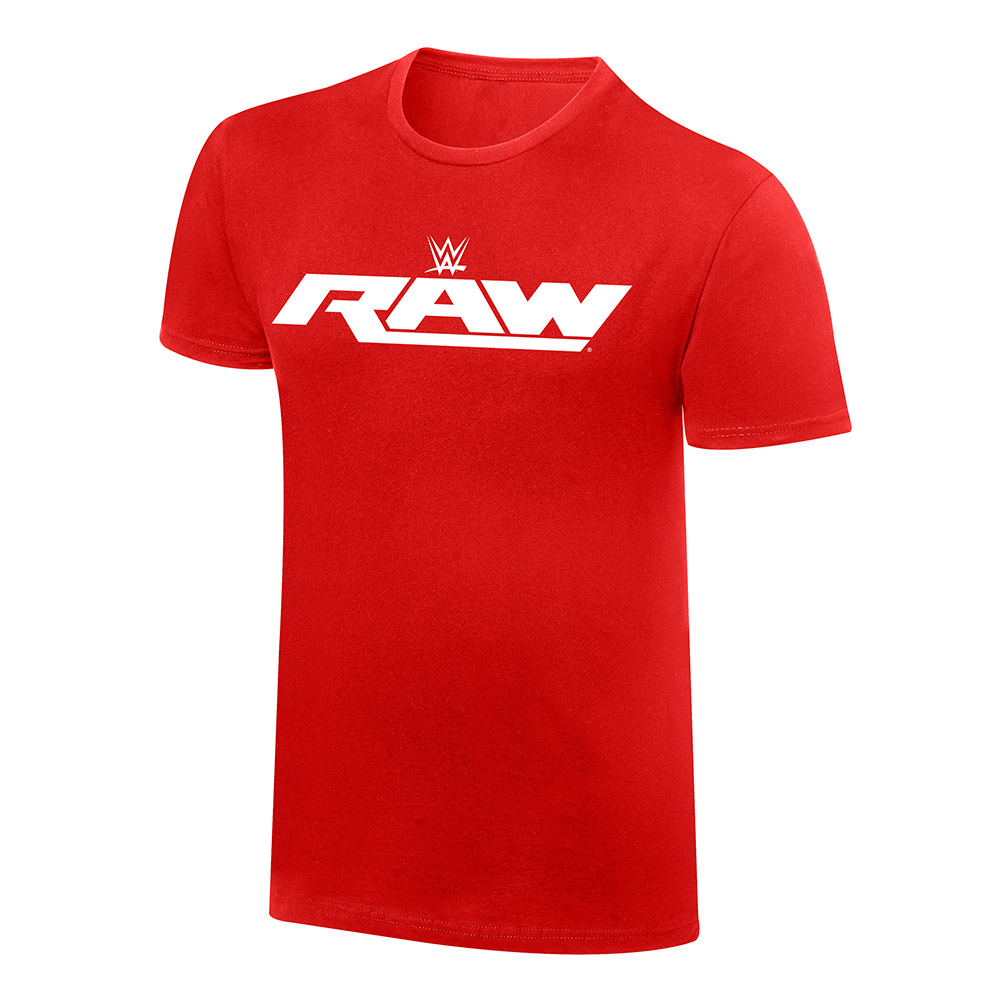
In almost every case, mesh is made from synthetic materials like polyester and nylon. Starting in the 1980s, a variety of other companies started making mesh, and in the ensuing years, a number of subtypes of this fabric have emerged. This surge of popularity was partially fueled by the adoption of Aertex mesh fabric as the primary sportswear material for the international shoe and apparel company Adidas.

Aertex is no longer the sole supplier of mesh fabric, but by the mid-1980s, textiles made by this company had become so popular that they was frequently worn by popular culture icons on MTV. Intrigued, Haslam started experimenting with loosely-knit fabrics, and he went on to found a textile company called Aertex, which was the world's first producer of mesh fabric. He noticed that her gloves were riddled with holes, but when he questioned her about them, she maintained that her hands were still warm. However, it wasn't until the end of the 19th century that textile innovators started using mesh for apparel.īritish mill owner Lewis Haslam came up with the idea to use mesh for fabric when he was out for a walk with his aunt in cold weather. The idea of mesh has been around for thousands of years for instance, every type of net in existence is made from mesh, and this material has also been used to make items like hammocks.

Unlike most types of fabric, which feature closely-woven textures, mesh is woven loosely, which results in thousands of tiny holes being present in each mesh garment. There are a few different versions of mesh fabric, but this type of fabric is typified by its lightweight heft and permeable texture. A variety of different synthetic fiber typesīiggest exporting/producing country todayĪthletic jerseys, athletic shorts, lingerie, shapewear, workout apparel, screens for screen printing, net


 0 kommentar(er)
0 kommentar(er)
